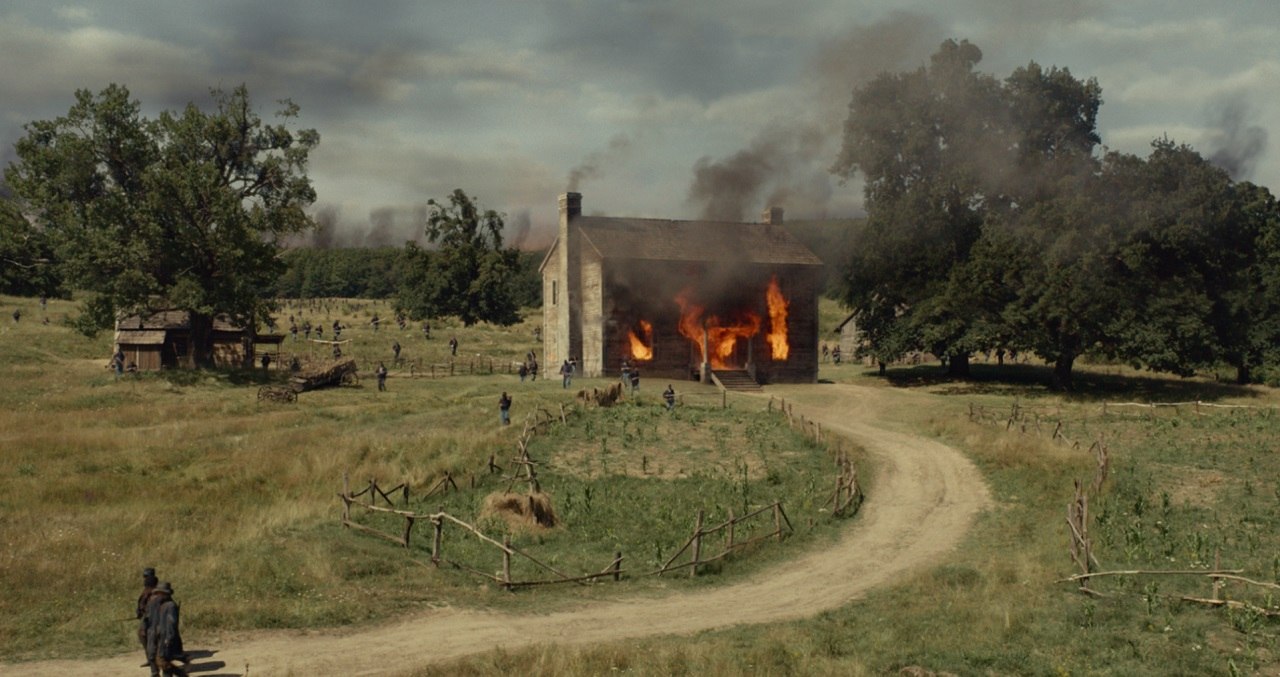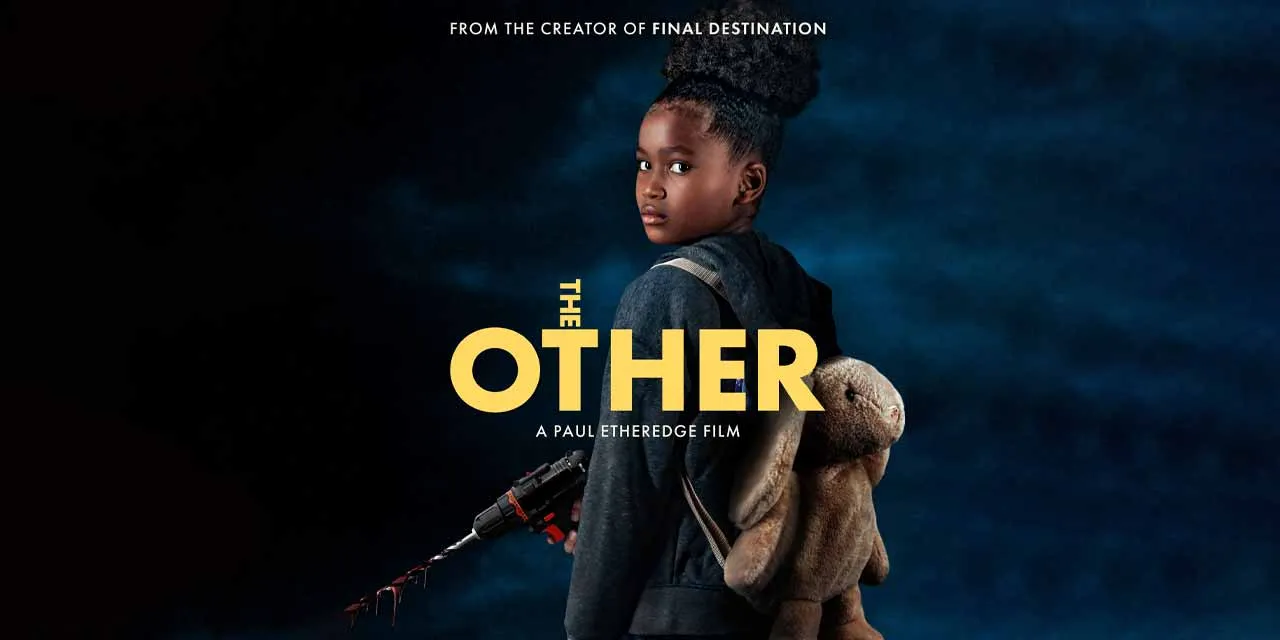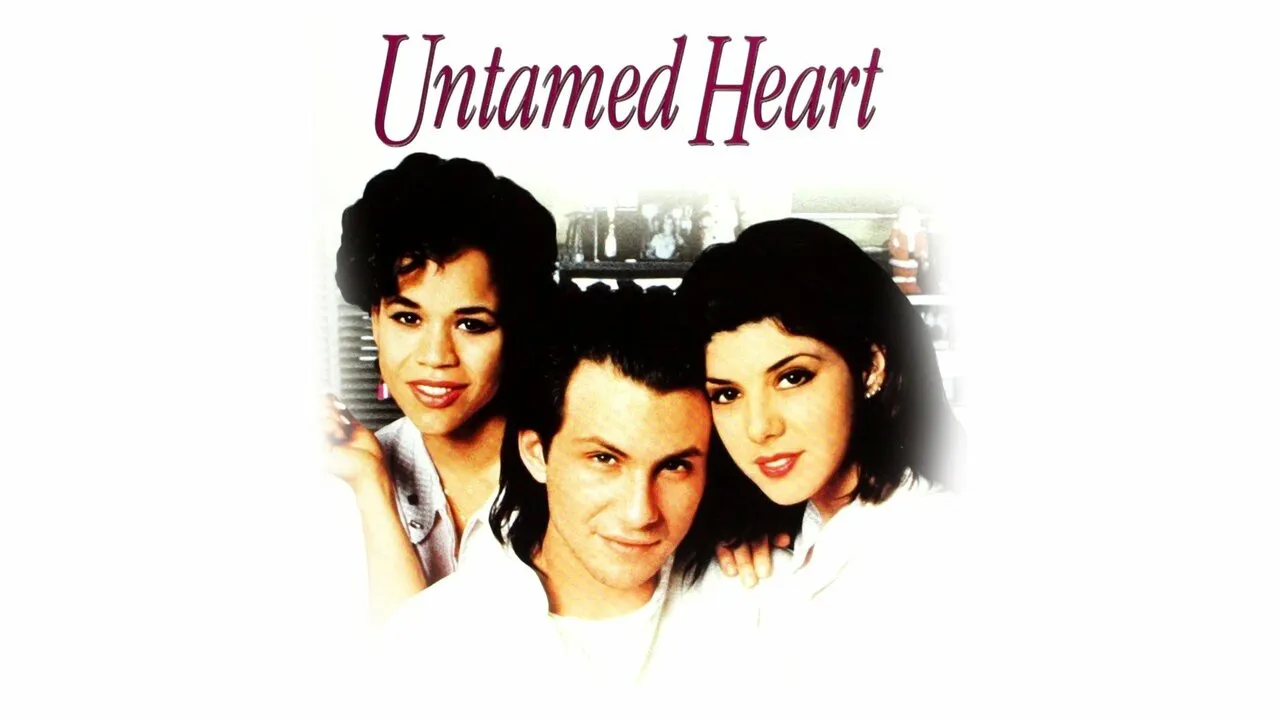A Haunting Tale of Survival and Resistance in Wartime America
The Keeping Room (2014), directed by Daniel Barber and written by Julia Hart, is a gripping revisionist Western that shifts the traditional war narrative to focus on female resilience and survival. Set during the final days of the American Civil War, the film explores themes of gender, violence, and autonomy through the lens of three women forced to defend themselves against both external threats and the collapsing social order.
The story follows Augusta (Brit Marling), a fiercely independent Southern woman, her younger sister Louise (Hailee Steinfeld), and their African-American slave Mad (Muna Otaru). With the men gone to war, the women are left to fend for themselves on an isolated rural farm. As Union troops move closer, the threat of violence becomes imminent. When two rogue Union soldiers (played menacingly by Sam Worthington and Kyle Soller) begin a brutal campaign of rape and looting, the women must confront their worst fears and fight for their survival. The title refers to the "keeping room," a warm domestic space where families gathered during harsh winters—a symbol of safety and tradition now overshadowed by chaos.
Rather than adhering to typical war film tropes or glorifying violence, The Keeping Room uses the backdrop of war to highlight the vulnerability and strength of women in a lawless world. Augusta, Louise, and Mad are each drawn with emotional complexity. Augusta’s leadership and stoic courage contrast with Louise’s fragility and innocence, while Mad's quiet strength and inner turmoil reflect the intersection of gender and racial oppression. Their dynamic evolves throughout the film, especially as they unite to defend their home and, ultimately, claim agency over their fate.

Visually, the film is stark and evocative. Cinematographer Martin Ruhe employs natural lighting and lingering camera work to create a mood of both intimacy and dread. The desaturated color palette, combined with the haunting score by Martin Phipps, amplifies the bleakness of the women’s isolation and the slow-burning tension that defines the narrative. The minimal dialogue and methodical pacing allow emotion and atmosphere to take center stage, making the eventual acts of violence feel all the more raw and jarring.
While the film received mixed reviews upon release—praised for its performances and visual style but critiqued for its pacing—it has since gained recognition as a powerful feminist take on the Western and war genres. Brit Marling’s performance, in particular, has been lauded for its intensity and depth. Muna Otaru’s portrayal of Mad adds a much-needed voice to stories often devoid of Black female perspectives, offering a meditation on survival not just as a woman, but as a former slave in a divided America.

In conclusion, The Keeping Room is a haunting and timely film that reclaims a male-dominated narrative and reframes it through the lens of female endurance. It reminds viewers that war is not only fought on battlefields, but in homes, bodies, and relationships—especially for those historically pushed to the margins. Through quiet defiance and brutal clarity, the film leaves an indelible mark as a somber ode to feminine strength in the face of relentless violence.


-1752031766-q80.webp)
